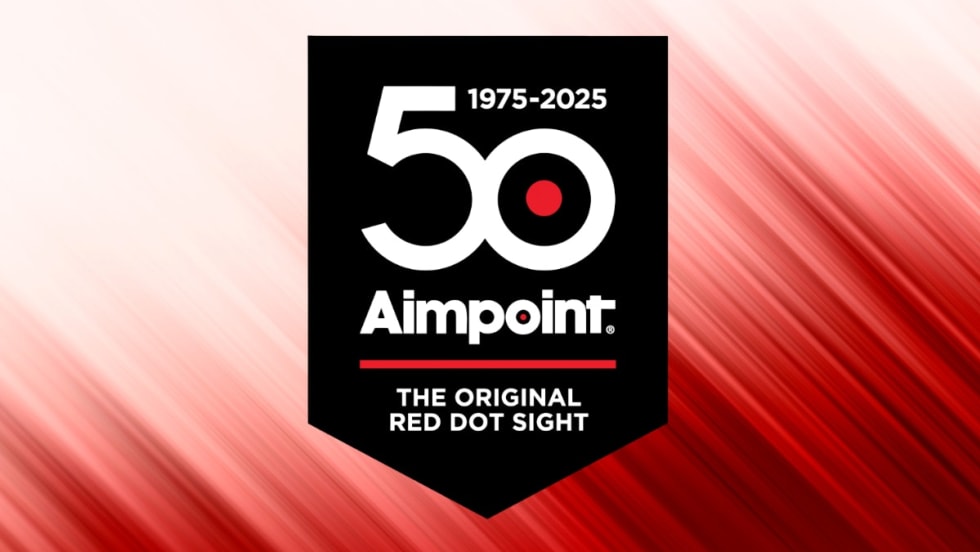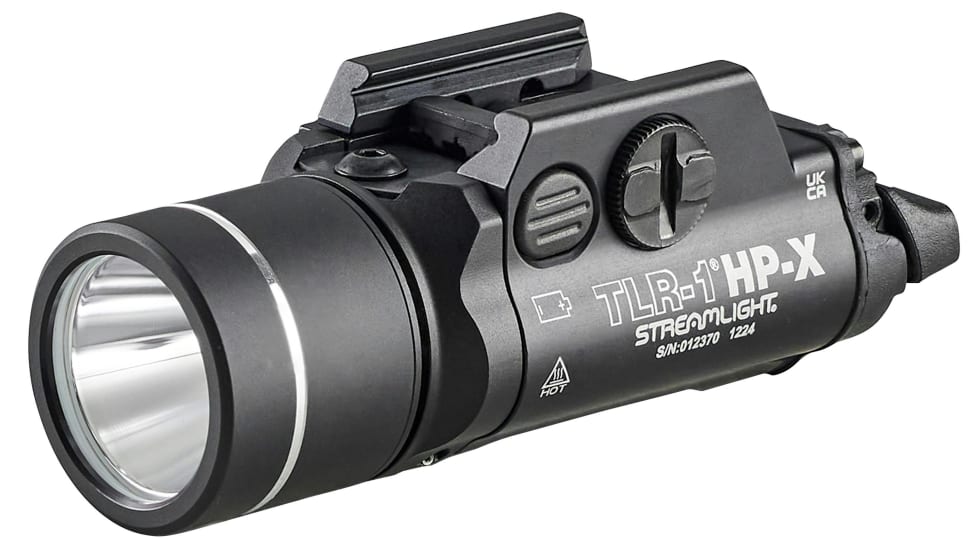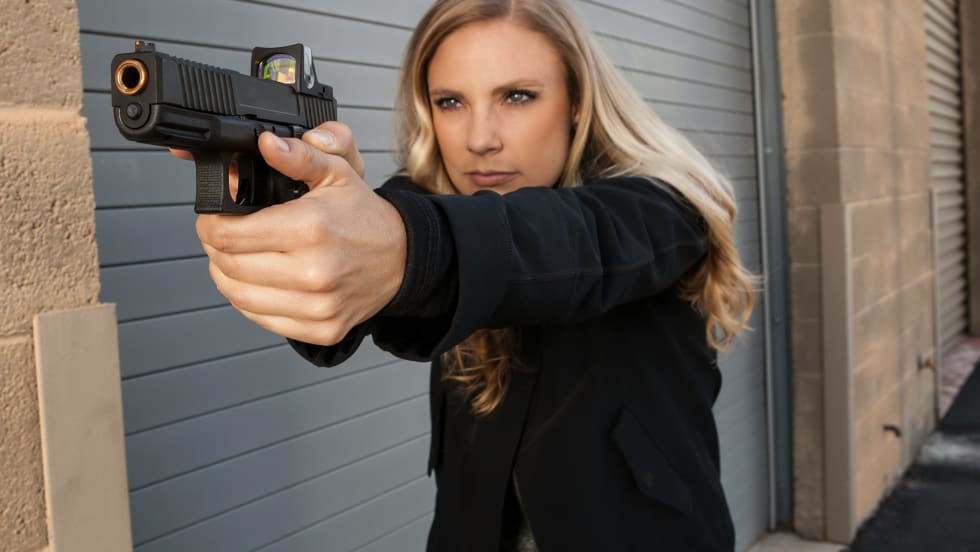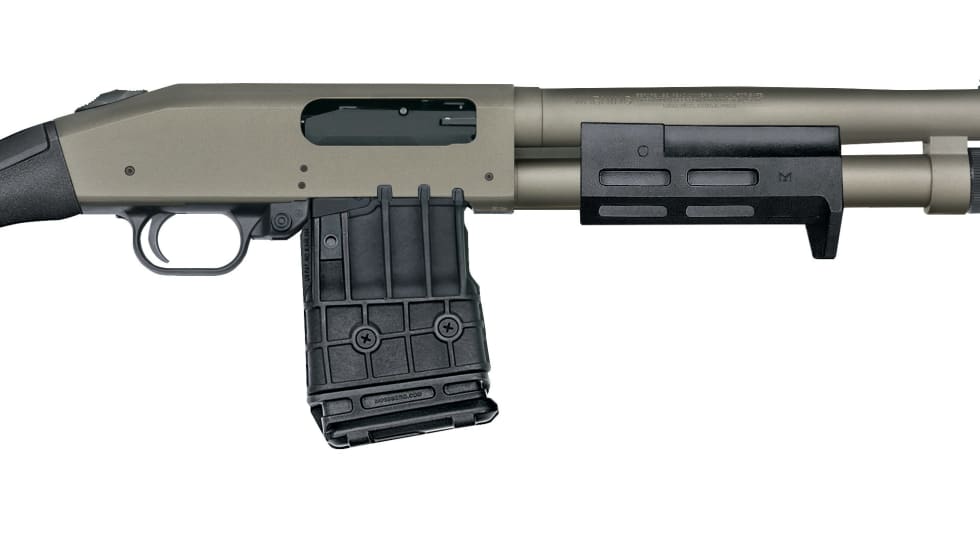With refinements like a radical dehorning, a DAK double-action-only trigger, tritium front night sight and chambering for the potent .40 S&W cartridge, the SIG 229 SAS possesses everything that an officer or agent could need. And it should. This newest member of the SIG is designed for professionals who carry their guns all day, every day.
But it’s not just a fighting tool—the 229 SAS is built in SIG’s Custom Shop, and it’s easy on the eyes. For example, the pistol has a frosted silver slide that contrasts nicely with its matte black aluminum frame. The Custom shop also outfits each of its 229 SAS pistols with a set of beautiful wood grips that add a splash of color to an already otherwise attractive design.
Gun Details
Despite what you might think the “SAS” in this pistol’s name has nothing to do with the famed British Special Air Services. It stands for SIG Anti Snag, and the name fits. The craftsmen in SIG’s Custom Shop have carefully removed every sharp edge on the frame and slide that might cut the user, an expensive holster, or clothing. This is an extremely important feature for a gun that is carried on duty. You know as well as I do that guns deemed too painful to carry are often left at home or in an office desk.
Of course, the SIG 229 SAS is not the first pistol to be marketed as having no sharp edges. There are a lot of companies that offer the “melt down” option. Most tend to go overboard and the pistols often exhibit less than symmetrical polishing from a heavy hand at the buffing wheel. Believe me, I didn’t see evidence of this on my test 229 SAS pistol.
While every sharp edge was removed, the flats did not exhibit any errant buffing marks. Yet, I couldn’t find any edge on the frame or slide that would cut me or even be uncomfortable if the gun were worn next to the skin—even the take-down lever was perfectly “melted.” With the pistol unloaded I rubbed my hands over it like it was a bar of soap and the only thing that caused the slightest discomfort was the top edge of the front sight, and it was far from sharp enough to draw blood.
SIG
builds the slide from stainless steel for corrosion resistance. It is heavily bead blasted for a frosted finish that is less reflective than polished stainless. The front sight is a SIGLITE tritium night sight, and the rear is a standard SIG sight with a white bar.
While some shooters may wonder why SIG would not also put a tritium rear sight on the pistol, this exclusion causes me no concern. The important thing with the front night sight is to reference the front of the weapon. Anyone who trains with this pistol will automatically align the rear of the gun with the front and, besides, the use of night sights is for close-range fighting. It has always been my opinion that, while night sights are a great innovation, it is far more important to be able to see and identify a potential target than to get a perfect sight picture on an unidentifiable object in the murky distance.
For weight savings, SIG machines the frame from a block of aluminum and then hard-coat anodizes it a matte black. The frontstrap has horizontal serrations that are coarse enough to aid in a secure firing grip but fine enough that they won’t catch clothing and possibly reveal what had been a concealed weapon. The smooth frontstrap also means that when the gun is needed the user won’t be grasping a handful of shirt or sports coat that has attached itself to the frontstrap.
SIG’s Custom Shop fits a set of custom wood grips on the 229 SAS. It’s funny just how much the simple grips dress up a gun that we normally see wearing a set of black synthetic grips. Their dark blond color is a perfect complement to both the stainless slide and black frame. The panels have a mixture of stippling and checkering to provide a no-slip grip even when the shooter’s hands are wet. The backstrap of the grips is smooth, another small detail that prevents clothes from hanging up on the gun when worn concealed.
Double-Action Kellermann










